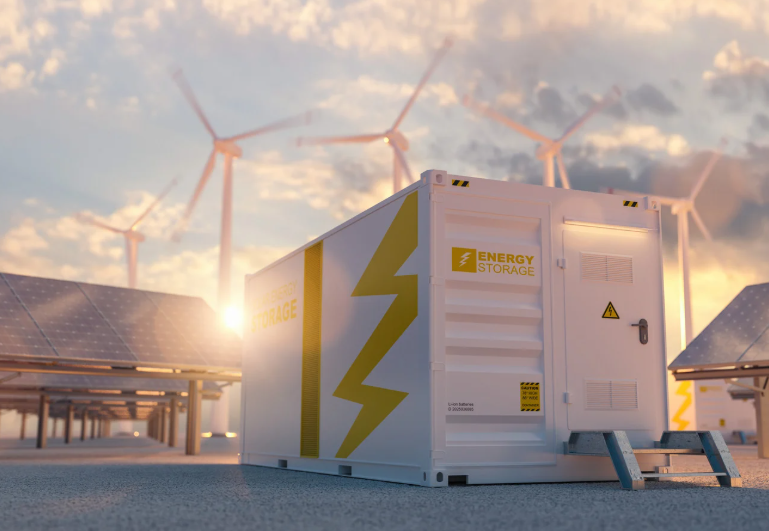According to recent studies, urban areas are expected to see energy demands increase by more than 45% over the next two decades, highlighting the pressing need for an efficient energy storage and distribution infrastructure.
The integration of Energy Storage Systems (ESS) with modernized power grids is seen as pivotal in this transformation. However, the path to realizing these advancements is fraught with technical, economic, and regulatory challenges.
At the heart of the modern energy conundrum lies the fluctuating nature of renewable energy sources such as wind and solar power. Traditionally, the unpredictability of energy generation has discouraged full reliance on these sources. The introduction of ESS aims to mitigate this issue by storing excess energy generated during peak production times and releasing it when demand surges. This capability not only balances supply and demand but also reduces the reliance on fossil fuels, paving the way for a more sustainable and resilient energy future. Nevertheless, the integration of ESS is not without its own set of complexities.
One of the main hurdles in this domain is the financial investment required for storage facility construction and grid infrastructure upgrades. The prospect of retrofitting existing systems with new technologies demands significant capital and poses challenges in aligning with current market structures and regulatory frameworks. For instance, regulatory gaps often hinder the seamless adoption of emerging ESS technologies, as existing policies may not fully accommodate the advancements in hybrid energy systems. Efforts to revise grid regulations and market structures to better incentivize ESS deployment and ensure cybersecurity are crucial yet contentious, often meeting resistance and requiring lengthy approval processes.
The technical integration of ESS within the grid poses its own set of challenges. Compatibility issues arise as these systems must seamlessly communicate and operate with existing grid facilities. The need for standardized communication protocols, control systems, and enhanced interoperability cannot be overstated. Another concern is the environmental impact of ESS across its lifecycle—from the extraction of raw materials to disposal. While ESS units promise environmental benefits, their development and operation must be carefully managed to minimize any adverse effects.
Despite these challenges, innovative approaches like the Swarm Energy Storage Unit System (SESUS)—which leverages nanoscale energy storage—are emerging. SESUS exemplifies how scalable, efficient, and responsive energy storage can enhance grid reliability, particularly in urban settings. Recent research indicates that SESUS can optimize distribution accuracy by about 98.8% and achieve operational efficacy of up to 97.5%, reflecting substantial improvements over traditional models.
The future of grid modernization hinges on harmonizing policy frameworks, financial investments, and technical innovations. Achieving a seamless integration of ESS with grid modernization efforts will not only require advancements in technology but also strategic policy shifts that support market access and operational transparency. As these systems become more integrated and digitalized, safeguarding against potential cyber threats will be paramount to maintaining grid stability and ensuring uninterrupted power supply. The challenges are undeniable, yet the potential rewards in terms of efficiency, sustainability, and resilience offer a compelling case for continued efforts in this promising field.





